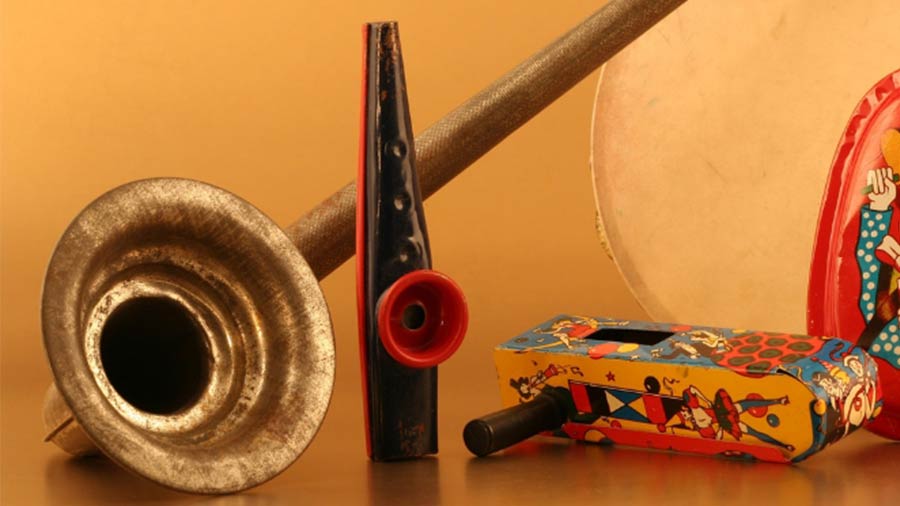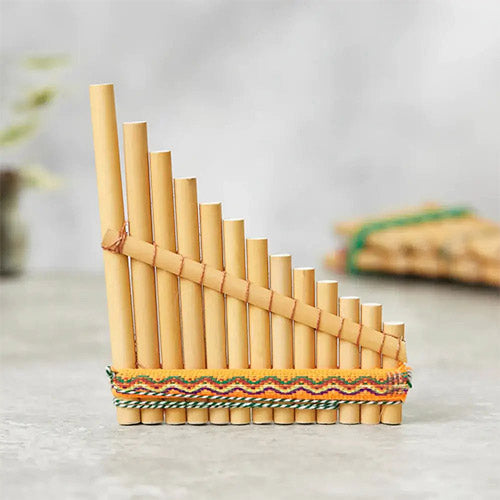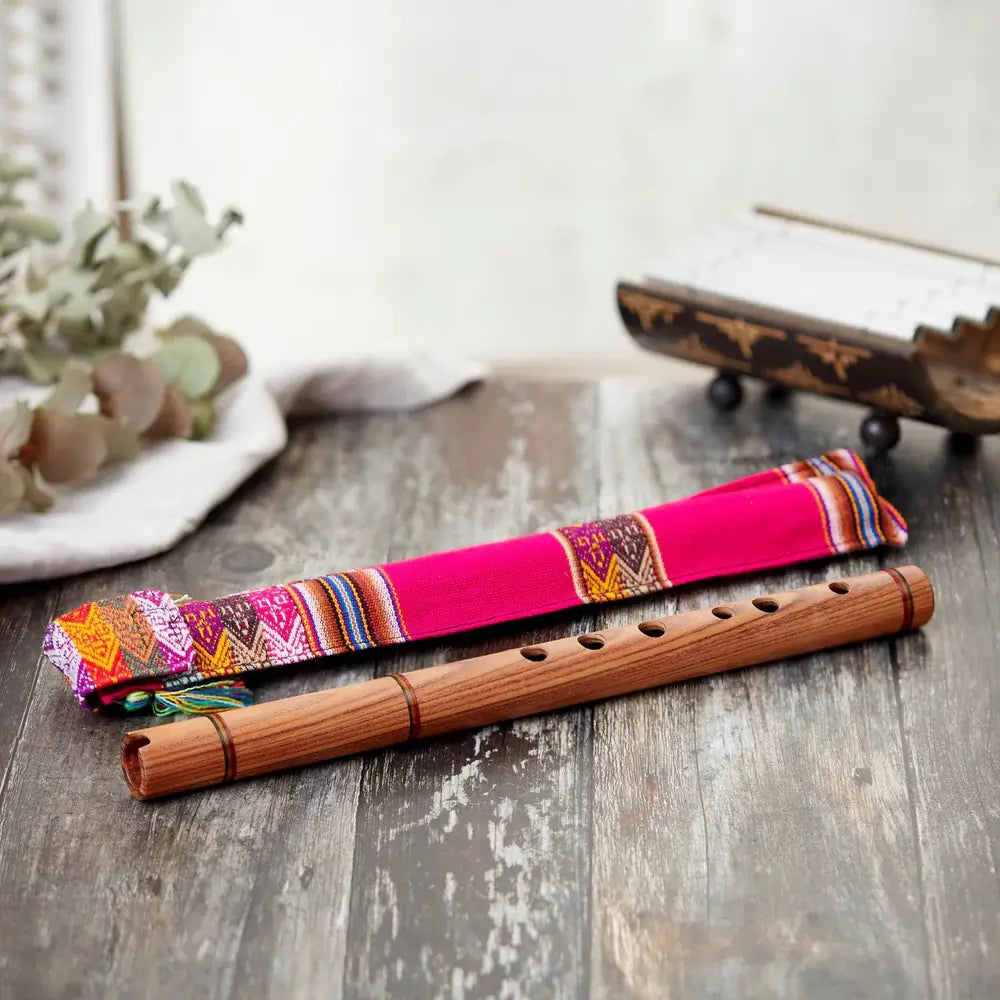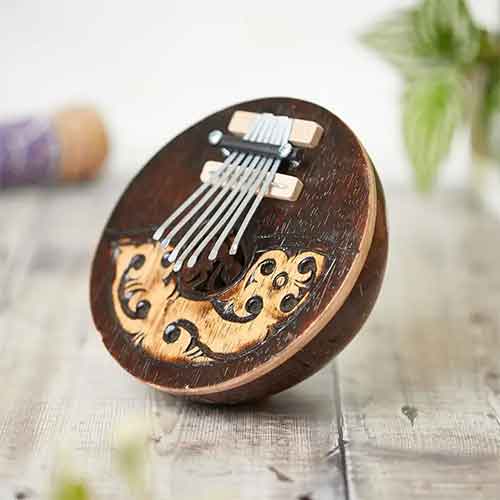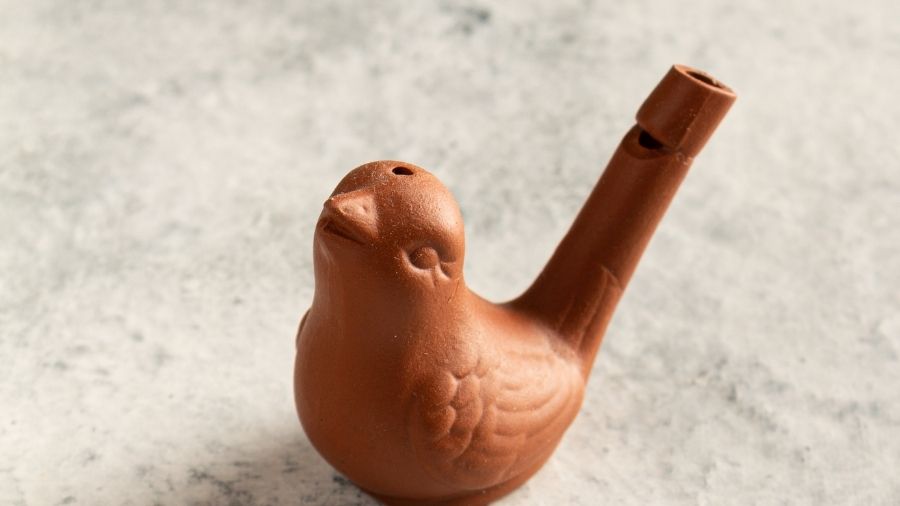The kazoo is a small, simple, amusing musical instrument that produces a buzzing sound. It consists of a hollow chamber with a membrane at one end and a small opening at the other. When you hum into the kazoo, the membrane vibrates, creating a unique buzzing tone. Kazoos are often made from metal, plastic, or wood, each offering its distinct sound.
History of Kazoos
The history of the kazoo is somewhat shrouded in mystery. While some claim that Alabama Vest invented the kazoo in the 1840s, there is limited documentation to support this claim. Another inventor, Warren Herbert Frost, patented a similar instrument in 1883, which marked the first documented appearance of the modern kazoo. Since then, kazoos have gained popularity and have become a staple in various musical genres.
Types of Kazoos
Kazoos come in different types, each with its unique qualities and characteristics. Let's explore the most common varieties of kazoos available:
Metal Kazoos
★★★★★ - " Perfect. Thank you". - Verified Buyer
Metal kazoos are the most popular type and are often considered classic. They are typically made from aluminium or other metals, and their design features a cylindrical body with a membrane at one end and a mouthpiece at the other. Metal kazoos are bright and resonant, making them suitable for various musical genres.
Purchase the Metal Kazoo Here.
Plastic Kazoos
Plastic kazoos are more affordable and often favoured by beginners or children. They are lightweight, durable, and come in various vibrant colours. Plastic kazoos produce a slightly softer sound compared to metal kazoos, but they can still create delightful buzzing tones.
Wooden Kazoos
★★★★★ - " Wooden Kazoo. Beautiful kazoo. Much nicer than the metal ones- nice to hold, the wood is nice looking, the sound is calm and full". - Verified Buyer
Tips for Choosing the Right Kazoo
When choosing a kazoo, consider the material, price, and where to buy. Metal kazoos offer a bright sound, plastic kazoos are affordable but may produce a lower quality sound, and wooden kazoos provide warm tones. Select the one that best suits your preference. Kazoos are generally budget-friendly, with a variety of options available at music stores or online shops. Be sure to choose a trusted source for better quality, as mass-produced kazoos may lack the attention to detail found in higher-quality options.
The Pros and Cons of Buying a Second-Hand Kazoo
Buying a second-hand kazoo can offer potential savings for beginners or those looking to experment. Vintage kazoos also have a unique appeal, with some offering a sense of nostalgia and collector value. Purchasing used kazoos is eco-friendly, as it reduces the demand for new production. However, there are several downsides. Used kazoos may have wear and tear, impacting performance and sound quality.
Hygiene and sanitation are also concerns, as second-hand instruments might harbor bacteria if not properly cleaned. Second-hand kazoos often lack warranties or guarantees, leaving you without recourse if issues arise. While a second-hand kazoo can be a budget-friendly option, a new kazoo offers better quality assurance, enhanced playability, and sometimes modern features when it comes to electric options that can amplify sound and add effects.
Unique Kazoo Accessories
Enhance your kazoo playing with a range of accessories designed specifically for the instrument. Kazoo mutes can alter its sound, offering different tonal qualities and effects. Kazoo holders allow for hands-free playing, letting you play other instruments or multitask while using the kazoo. Kazoo books offer guidance on producing different tones, exploring techniques, and improving your playing.
Kazoos in Popular Music
Though often considered a novelty instrument, kazoos have appeared in popular music throughout history. Kazoos have added a playful, unique element to many songs. Artists such as Frank Zappa, Jimi Hendrix, and The Beatles have incorporated kazoos into their music, showcasing the instrument's versatility.
Up Next: How to Play the Kazoo (Easy Tutorial)

